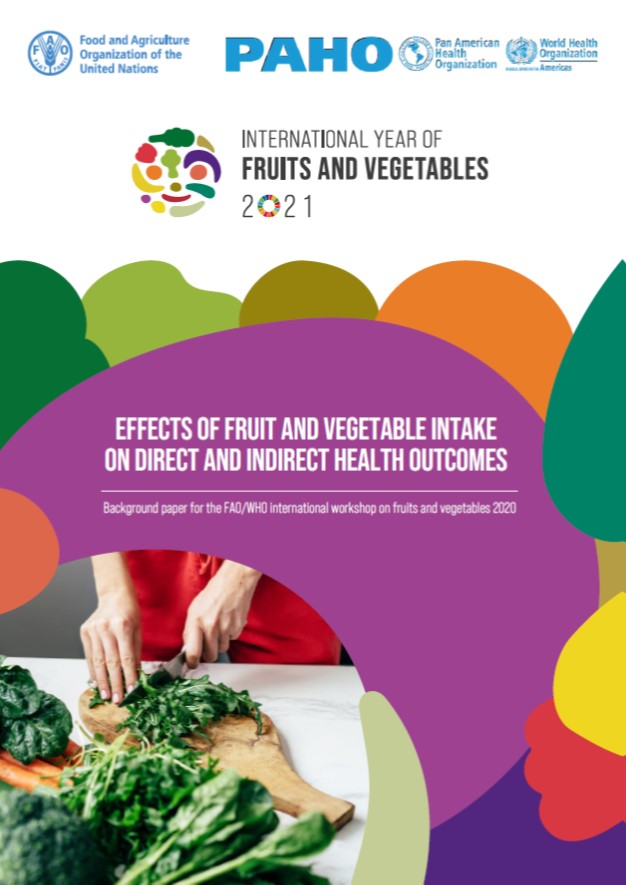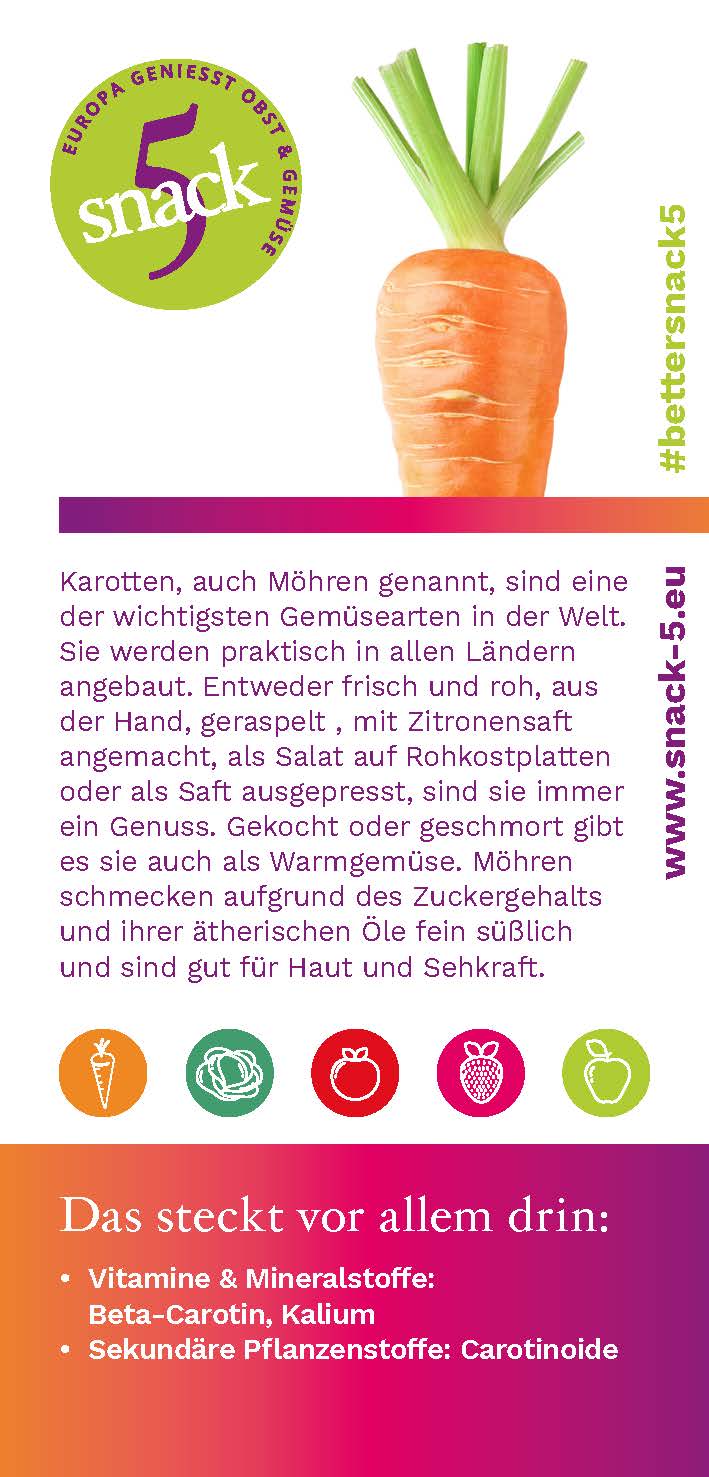
Background paper for the FAO/WHO international workshop on fruits and vegetables 2020
The persistence of undernutrition and the increasing levels of overweight and obesity worldwide
(with their associated societal costs) are calling for a transformation of food systems towards
healthier diets. Fruits and vegetables are key components of a healthy diet; however,
their consumption is considerably below the minimal levels recommended by the World
Health Organization (WHO). This under consumption is particularly pronounced in low- and
middle-income countries and among low-income socio-economic groups in all countries.
This paper uses the value chain approach to analyze the factors that affect the availability
and affordability of fruits and vegetables. It examines major challenges across the value
chain and identifies opportunities for improvement as seen through a nutrition-sensitive
lens. Factors that negatively affect the availability and affordability of fruits and vegetables
discussed in this paper include low production and productivity, the loss of agrobiodiversity,
inadequate technology, logistics and infrastructure, weak organizational, business and technical
skills, and inefficient market linkages across the supply chain.
The paper proposes a number of policy recommendations based on insights from documented
cases of good practices and on lessons learnt in domestic and export-oriented value
chains. The paper makes a case for reviving native, underutilized and neglected fruit and
vegetable varieties to improve nutrition and increase agrobiodiversity. In addition, short
value chains delivering to local markets are recommended as a resilience strategy for smallscale
producers and low-income consumers in the face of climatic and economic shocks.
The paper advocates the reshaping of value chains through policies that boost efficiency,
promote the inclusion of poor and vulnerable actors − including consumers − in the chain,
and ensure that production is environmentally sustainable
This background paper summarizes the evidence on the effects of fruits and vegetables intakes
on direct and indirect health outcomes. For direct health outcomes, we have primarily
considered premature mortality and non-communicable disease occurrence. For indirect
health outcomes, we have briefly considered planetary health and reducing inequities. Two
existing low-risk-of-bias systematic reviews identified broad and significant benefits from
fruits and vegetables intakes on premature mortality, coronary heart disease, and type 2
diabetes incidence. These direct health effects observed due to fruits and vegetables intakes
are considerable, and may be due to their constituents, such as dietary fibre and micronutrients,
and their low energy density and high satiety relative to other foods that may also contain
added sugars, sodium, and saturated fats. Modelling and observational research studies
have reported benefits to sustainability outcomes and a reduction of inequities in food
systems with the production of fruits and vegetables grown within agroecological systems
and distributed through short supply chains. Such systems require protection from largescale
monocropping and industrial methods of food production and supply. Finally, we have
considered fruit and vegetable processing and preparation methods given the considerable
health consequences of changes to the food supply towards ultra-processed products. This
background paper concludes with a summary of findings.
En este libro se recopilan experiencias de varios países de la AIAM5, de diferentes continentes y de distintas realidades como Alemania, Canadá, Colombia, Costa Rica, Chile, Estados Unidos, Francia, México, Noruega, Nueva Zelanda y España.
Too much sodium and monosaccharides, insufficient consumption of fruit and vegetables and whole grains… An unhealthy diet is one of the main risk factors for health, causing as many deaths as tobacco or alcohol consumption. Following EGEA 2018 conference “Nutrition and Health: from science to practice”, the European program “Fruit and Veg 4 Health” propose advice and fact sheets. These nutrition and health advice fact sheets are based on scientific consensus regarding diet and chronic diseases prevention. They have been elaborated with the office of the University College of General Medicine of Lyon 1 University and the European associations of general practitioners, family doctors (WONCA Europe) and pediatricians (ECOG).
La familia es el factor que más influye en la alimentación infantil, de ahí la importancia de seguir una alimentación saludable en casa. Para conseguir el reto de llegar a 5 raciones diarias ("5 al día"), te presentamos el boletín "LA FAMILLIA, CLAVE EN LA ALIMENTACIÓN SALUDABLE", donde a lo largo de los distintos apartados podrás encontrar consejos que te ayudarán a ti y tu familia a poner en práctica una buena alimentación saludable.
Volante de frutas y vegetales frescos dirigido a los vendedores de estos productos
video con niños y padres de familia consumiendo frutas y vegetales









